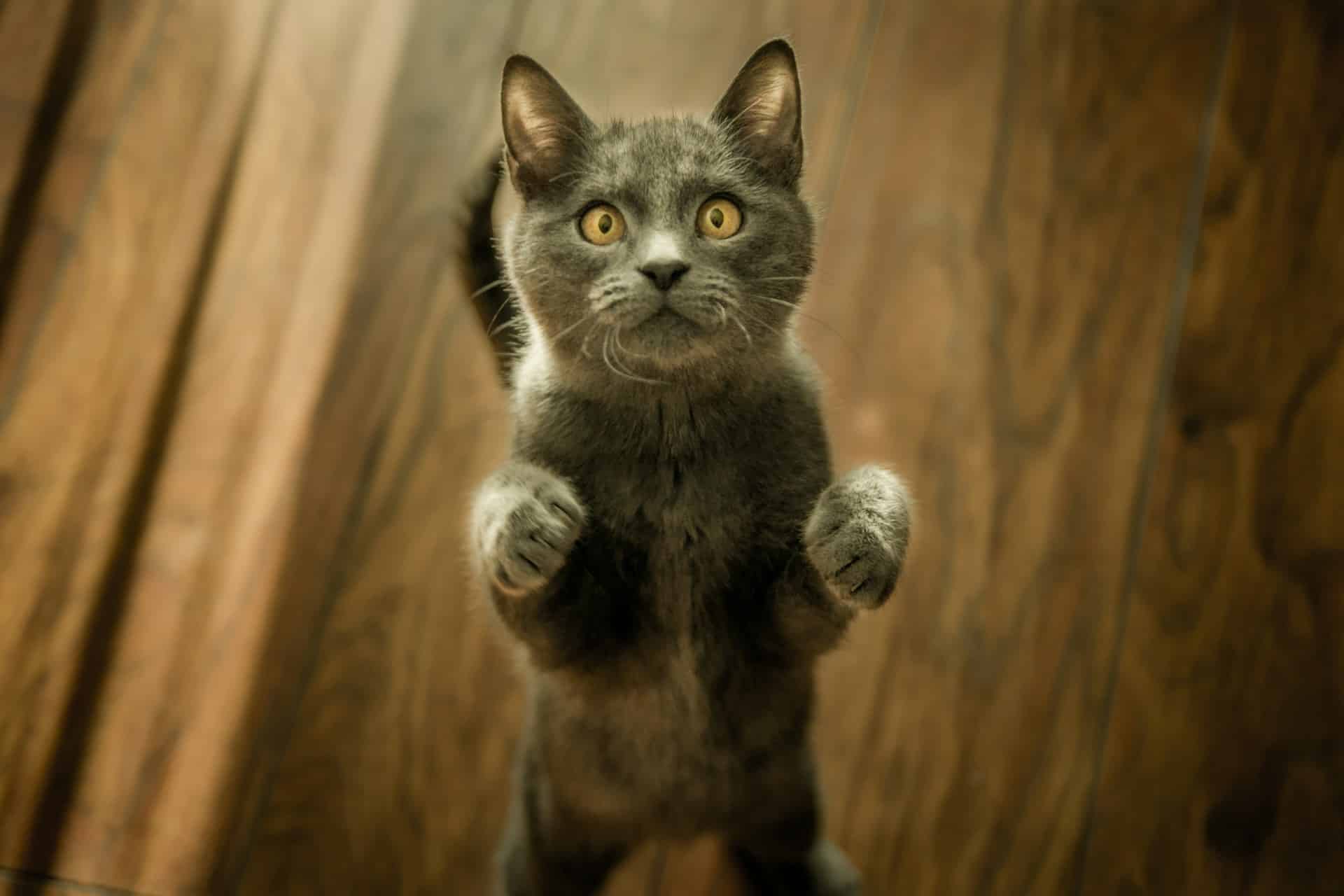As the proud owners of long-haired cats, you’re likely well-acquainted with the mountains of fur that seem to mysteriously appear throughout your home. It’s a common struggle for many cat parents out there. Despite our best efforts, it often feels like we’re fighting a losing battle against our feline friend’s excessive shedding. But fret not, as we delve into the world of long-haired cat breeds, shedding issues, and how you can manage them.
Understanding why long-haired cats shed excessively
Before we can effectively manage the shedding, it’s crucial to understand why our feline companions shed in the first place. There’s a common misconception that only long-haired cats shed excessively, but this isn’t entirely accurate.
A lire aussi : Can You Train an Old Cat to Accept a New Kitten, and If So, How?
While it’s true that long-haired breeds like Persians, Maine Coons, and Ragdolls are more noticeable shedders due to the length of their fur, all cats, regardless of hair length, shed to some degree. Shedding is a natural process that allows cats to remove old, damaged, or excess hair. Their bodies are adapting to changes in temperature, sunlight exposure, and overall health conditions.
Over-shedding, however, can be a sign of health issues such as allergies, skin diseases, poor diet, or stress. In these cases, it’s crucial to consult with a vet to determine the underlying cause and appropriate treatment.
A voir aussi : How to Create a Customized Care Plan for a Dog with Congenital Heart Disease?
Proper grooming techniques to reduce shedding
One of the most effective ways to manage your long-haired cat’s shedding is through regular and proper grooming. Grooming helps remove loose fur before it winds up on your furniture or clothing. It also promotes healthy skin and coat by distributing natural oils, reducing tangling and matting, and stimulating blood circulation.
The key thing to remember is to groom your cat according to their breed and hair length. Long-haired cats generally require daily brushing to keep their fur tangle-free and healthy. Using a slicker brush or a grooming comb designed for long hair can help remove the loose, dead hair effectively.
Remember, it’s not just about brushing their back – be sure to pay attention to their belly, tail, and the areas behind their ears where matting often occurs. Always brush in the direction of hair growth to prevent discomfort and skin irritation.
Diet and nutrition’s role in controlling shedding
What your cat consumes plays a significant role in their coat’s health and shedding levels. If your cat is on a low-quality diet, their body might lack essential nutrients, leading to dry skin and excessive shedding. On the other hand, a well-balanced, high-quality diet can provide the necessary vitamins, minerals, and fatty acids that promote a healthy coat and minimize shedding.
Consider incorporating omega-3 and omega-6 fatty acids into your cat’s diet. These nutrients can help nourish your cat’s skin, reduce inflammation, and support a shiny, healthy coat. They are commonly found in fish oil, flaxseed oil, and certain high-quality cat foods.
Always consult your vet before making any significant changes to your pet’s diet. They can provide specific dietary recommendations based on your cat’s breed, age, weight, and overall health status.
The importance of regular vet check-ups
Regular vet check-ups are crucial, especially when you notice excessive shedding in your long-haired cat. As mentioned earlier, over-shedding can be a sign of underlying health issues.
During a check-up, your vet can perform a thorough examination of your cat’s skin and coat, evaluate their overall health, and conduct any necessary tests. They can also provide advice on dealing with shedding and recommend safe and effective anti-shedding treatments or supplements, if necessary.
Do not hesitate to seek veterinary attention if your cat’s excessive shedding is accompanied by other symptoms such as bald patches, sores, changes in appetite or behavior, or signs of discomfort when being groomed.
Creating an optimal environment
Lastly, the environment your cat lives in can also impact their shedding. Stressful situations or sudden changes in the environment can cause cats to shed more than usual. Therefore, it’s essential to provide a calm and stable environment to keep stress levels to a minimum.
Keeping your home’s temperature and humidity levels stable can help as well. Extreme temperatures or dry air can lead to dry skin, which can, in turn, lead to increased shedding. Using a humidifier can help maintain optimal humidity levels in your home, especially during colder months when the indoor air tends to be drier.
Remember, managing shedding in long-haired cats is not about completely eliminating it—a certain level of shedding is normal and healthy. It’s about understanding why your cat sheds, taking appropriate steps to reduce excessive shedding, and knowing when to seek professional help. Only then can you truly win the battle against fur-covered upholstery and enjoy the company of your fluffy feline without the hairy consequences.
Using Anti-Shedding Products
Anti-shedding products can be an essential part of your toolkit when managing excessive shedding in your long-haired cat. These products range from shampoos and conditioners that contain natural oils to dietary supplements packed with vitamins and minerals.
Shampoos and conditioners designed for cats can help control shedding by moisturizing the skin and coat, reducing dryness, and promoting healthier hair growth. Always look for products that are free of harsh chemicals and parabens, as they can potentially irritate your cat’s skin and exacerbate shedding.
On the other hand, dietary supplements can complement a balanced diet to provide essential nutrients that support skin and coat health. These supplements contain ingredients like omega-3 fatty acids, vitamin E, and biotin, which are known to improve the condition of your cat’s skin and fur.
However, it’s important to remember that not all cats will react the same way to these products. Always consult your vet before introducing any new product into your cat’s grooming routine or diet. Regularly monitor your cat’s reaction to these products and adjust usage or dosage accordingly.
Conclusion: Patience and Understanding for a Furry Problem
Managing excessive shedding in long-haired cats can feel like an overwhelming task. It’s important to remember that shedding is a natural process for all cats, and it’s not something that can be completely eliminated. Instead, the goal should be to maintain your cat’s health and comfort, while minimizing the amount of loose fur that ends up around your home.
With a better understanding of why cats shed, proper grooming techniques, a nutritious diet, regular vet check-ups, an optimal environment, and the right anti-shedding products, you can effectively manage your long-haired cat’s shedding.
Remember, patience and persistence are key in this process. You might not see immediate results, but over time, your efforts will lead to a healthier, happier cat and a cleaner home. Always consult with your vet if you have concerns about your cat’s shedding or general health.
Your long-haired cat is a unique and beautiful companion. By providing a stress-free environment, using the right grooming tools, feeding your cat a balanced diet, and scheduling regular vet visits, you can ensure that your cat looks and feels their best. After all, a happy cat means a happy owner. So, don’t let the battle against fur-covered upholstery deter you from enjoying the beauty of your long-haired feline friend. In the end, the rewards of owning a long-haired cat far outweigh the hairy consequences.






